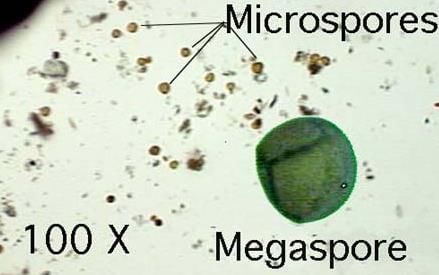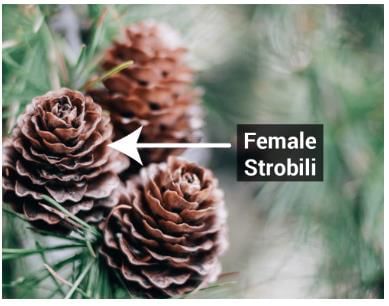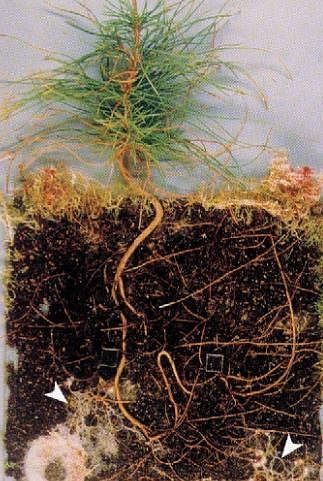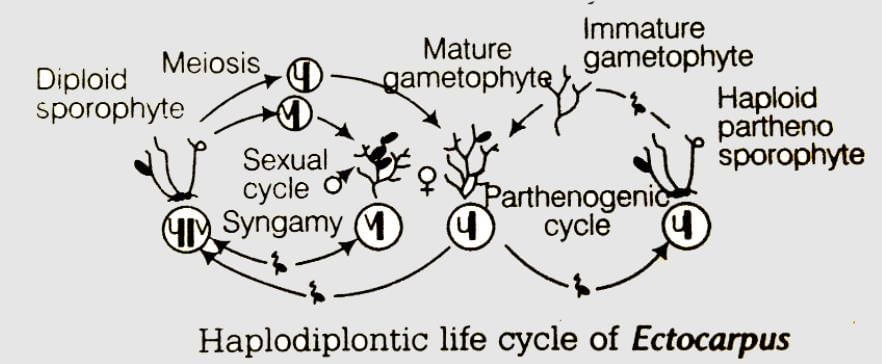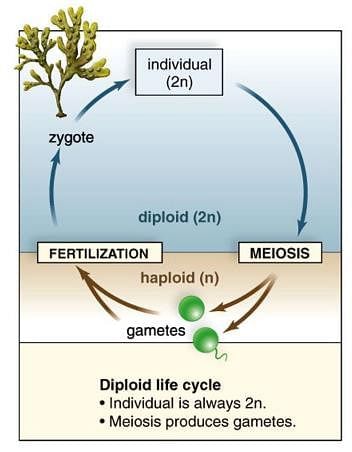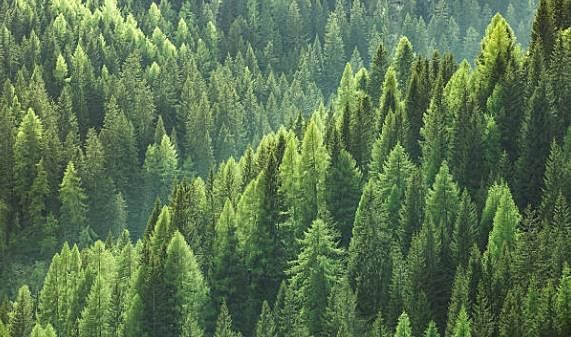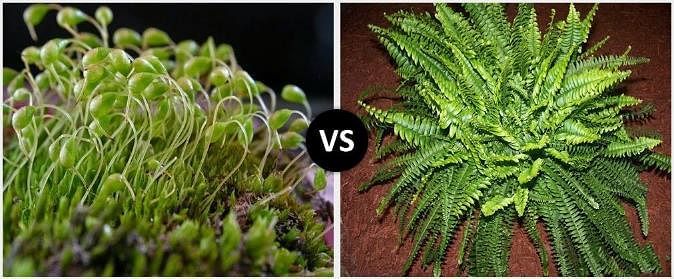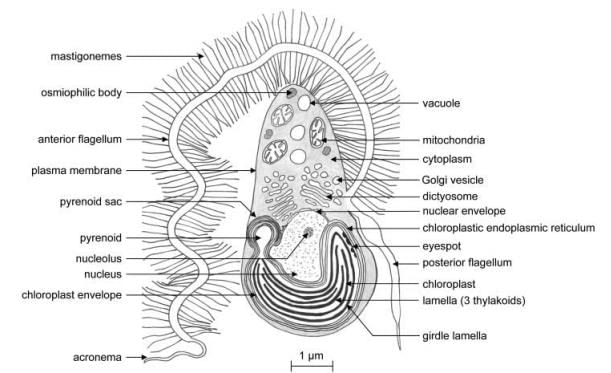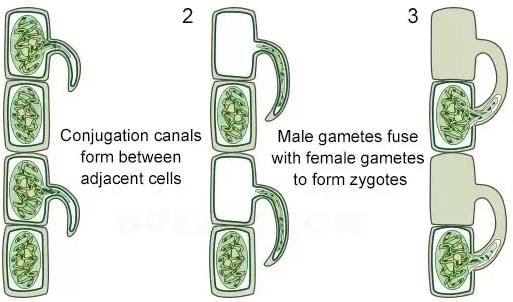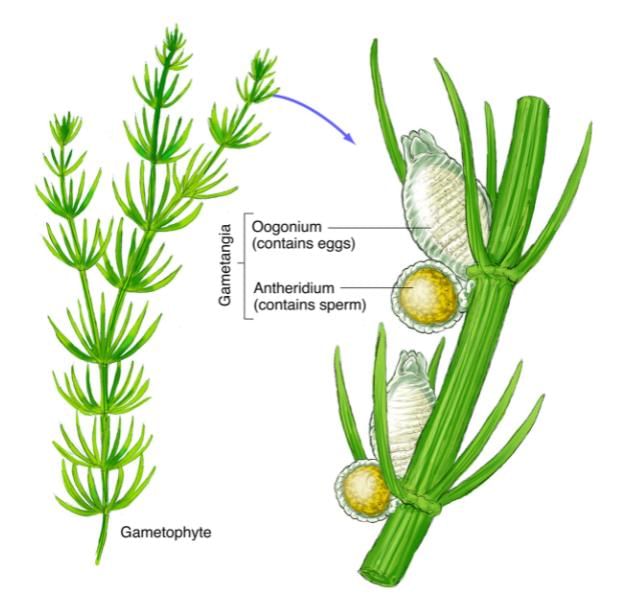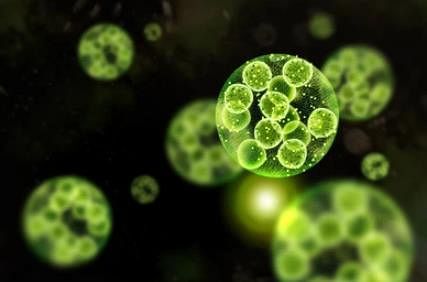31 Years NEET Previous Year Questions: Plant Kingdom - 1 - NEET MCQ
20 Questions MCQ Test - 31 Years NEET Previous Year Questions: Plant Kingdom - 1
Genera like Selaginella and Salvinia produce two kinds of spores. Such plants are known as [2021]
Strobili or cones are found in: [2020]
From evolutionary point of view, retention of the female gametophyte with developing young embryo on the parent sporophyte for some time, is first observed in: (2019)
Pinus seed cannot germinate and establish without fungal association. This is because: [2019]
Which of the following statements is correct? [2018]
Life cycles of Ectocarpus and Fucus respectively are: [2017]
Conifers are adapted to tolerate extreme environmental conditions because of: [2016]
Which one of the following statements is wrong: [2016]
In bryophytes and pteridophytes, transport of male gametes requires: [2016]
Select the correct statement: [2016]
In which of the following gametophyte is not independent free living? [2015]
Read the following five statements (A to E) and select the option with all correct statements: [2015]
(A) Mosses and Lichens are the first organisms to colonize bare rock.
(B) Selaginella is a homosporous pteridophyte.
(C) Coralloid roots in Cycas have VAM.
(D) Main plant body in bryophytes is gametophytic, whereas in pteridophytes it is sporophytic.
(E) In gymnosperms, male and female gametophytes are present within sporangia located on the sporophyte.
Which one of the following statements is wrong? [2015 RS]
Male gametes are flagellated in: [2015 RS]
Which one of the following shows isogamy with non-flagellated gametes? [2014]
Which one of the following is wrong about Chara? [2014]
An alga that can be employed as food for a human being is: [2014]
In the prothallus of a vascular cryptogam, the antherozoids and eggs are made at different times. as a result: [2007]
Which of the following is responsible for peat formation? [2006]


